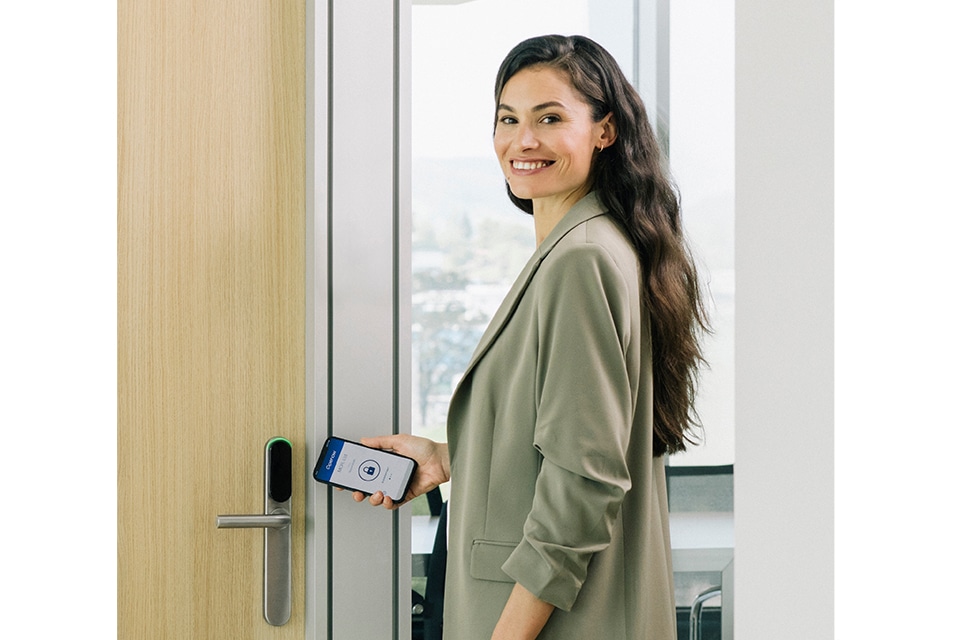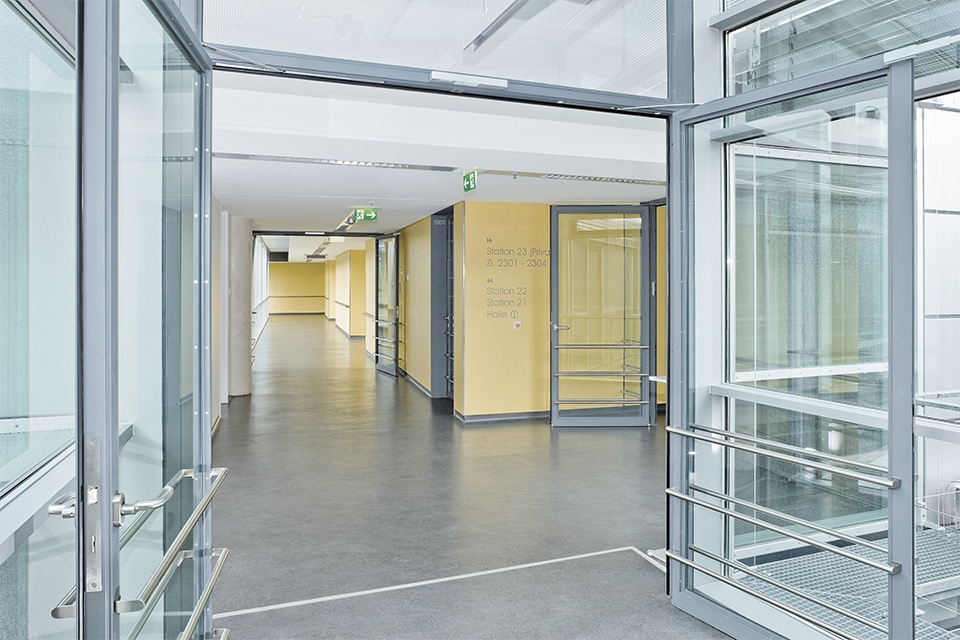
Access control technologies: also for residential use
Are we as an industry falling behind when it comes to the individual?
Perhaps, as a professional in the window frame industry, you have been working with access control technologies with your private customers for a long time. Perhaps then you find the subtitle above somewhat biased? If you have been working with it for some time, then you may at least call yourself an early adopter within our industry. However, the question remains legitimate: where are the options for individuals to choose broadly from the wonderful array of access control devices currently causing such a furor within the business market?
'Mass is till'
Mass is box office, to quote an unnamed TV personality. It makes sense that the hardware and software developed to grant individuals access to a building or space by means of biometric scanning, code, drip, card or app is now indispensable in the business market. After all, it works problem-solving, it is efficient and very convenient. It makes an office, hotel or institution safer, it offers convenience and everything becomes more manageable and controllable. The law of large numbers also applies here: volume must be sold to recoup the development.
Yet we often see developments that have become popular in the business market find their way into private use. Just look at the shading industry, where the vertical screen was once a product we encountered within the utility sector. Today, however, more screens are sold to individuals, than to the business market. If we follow the trend in motorization and control within that same awning sector, we see that the private user is now king. There is a reason for this...

Where once the customer had to be prepared, now he demands
Times have changed with the advent of smartphones and tablets. We take our lives with us in our pants or backpack. With the discovery of the comfort of having all information at our fingertips, a situation has arisen where no time needs to be bridged to get innovations in the digital field accepted by an end user. In fact, modern consumers actually expect all technological developments to come with an app to use things. We live in a time when the demand for digital solutions is beginning to outstrip supply.
Which brings me back to the question: are we as an industry doing enough to make the latest technologies in access control readily available to the end user? We are not talking about the person in need of care, not about the owner of various AirBnB apartments, but simply about "the man or woman in the street," who now controls and monitors the television, the sound system, the thermostat, the lighting, the air conditioning, the smart doorbell, the coffee maker, the shutters, the blinds, the alarm system, the vacuum cleaner robot, the lawnmower robot and even the washing machine via apps on the smartphone.
However, their children still walk around with a key on a string. The front door key hangs like ballast next to the car key, which in many cases is also only present pro-forma. Especially for this huge target group, digital access control is a welcome addition to their increasingly digital lives. They are simply ready for it.
Around me, I see individuals looking for ways to also be able to open and close the front and back door through an app. In practice, this often results in orders from parties such as Ali Baba and Wish, because everything is offered there in an easy way. Installation of such materials is then often done inexpertly and people are happy when it works. Whether safety is served by that, I doubt. It would be nice if the fine brands in this field would do even more marketing and education at the companies that the individual can walk right in to. I predict that the law of large numbers may well work out well if access control technologies are made more easily accessible to the consumer.
Jan Mol is a freelance editor and writes for several trade publications. With a background of more than 30 years as a
marketing manager in the shading and roller shutter industry, he has gained the necessary experience in the field of home automation. In addition, Jan follows the latest developments in the field of digital access control within the utility and residential market from his technical interest.




